Entry Category: Land and Resources
aka: Old Cherokee Boundary Line
 Cherokee Prairie Natural Area
Cherokee Prairie Natural Area
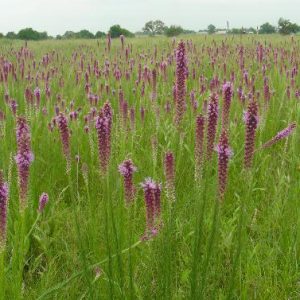 Chesney Prairie Natural Area
Chesney Prairie Natural Area
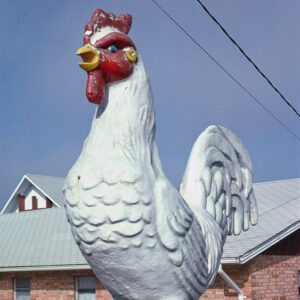 Chicken Statue
Chicken Statue
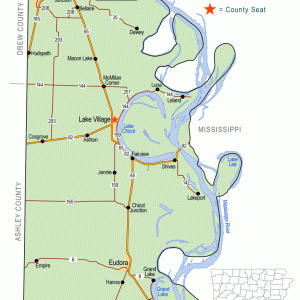 Chicot County Map
Chicot County Map
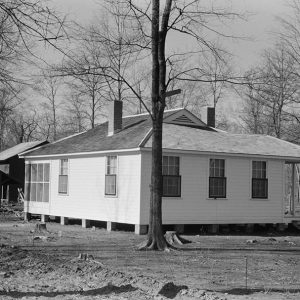 Chicot Farms House
Chicot Farms House
Choctaw Boundary Line
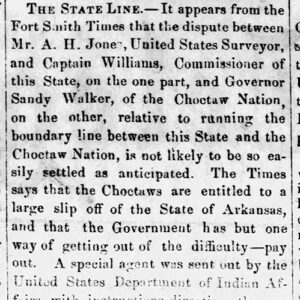 Choctaw Boundary Line
Choctaw Boundary Line
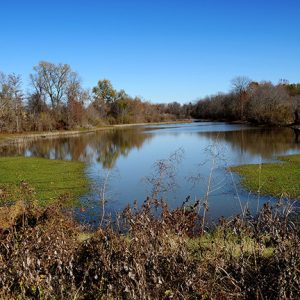 Choctaw Island WMA
Choctaw Island WMA
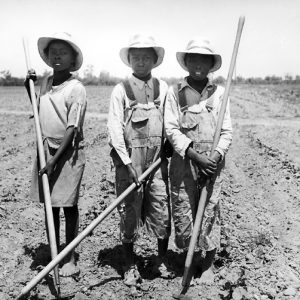 Chopping Cotton
Chopping Cotton
 Christy Vanadium Mine Pit
Christy Vanadium Mine Pit
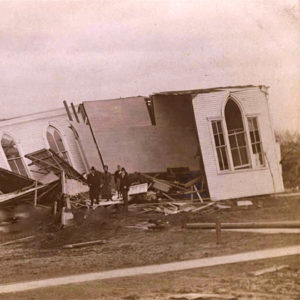 Church Destroyed
Church Destroyed
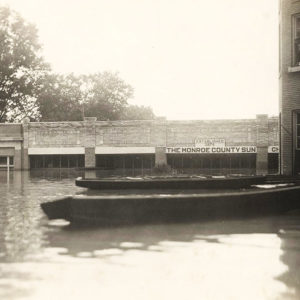 Clarendon Flood
Clarendon Flood
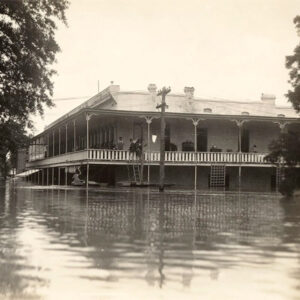 Clarendon Hotel
Clarendon Hotel
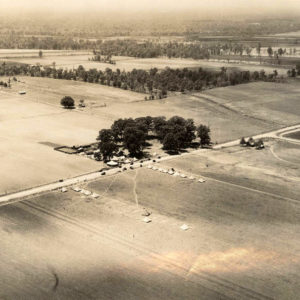 Clarendon Refugees
Clarendon Refugees
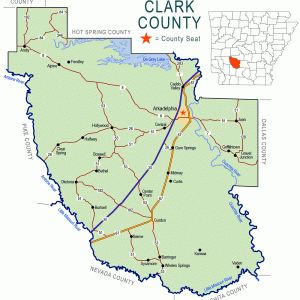 Clark County Map
Clark County Map
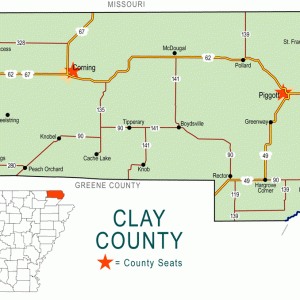 Clay County Map
Clay County Map
 Clay County Oil Company Well No. 1
Clay County Oil Company Well No. 1
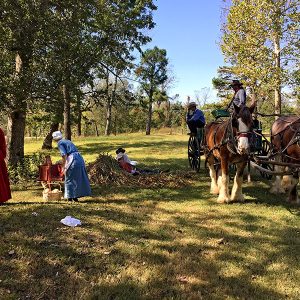 Cleaning Sorghum
Cleaning Sorghum
 Cleburne County Map
Cleburne County Map
 Cleveland County Map
Cleveland County Map
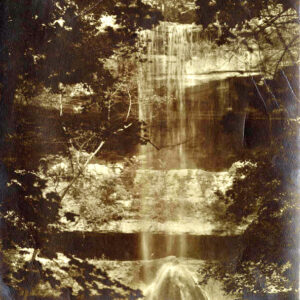 Clifty Creek Falls
Clifty Creek Falls
Climate Change
aka: Global Warming
 Coal Miners Memorial
Coal Miners Memorial
Coal Mining
 Coal Mining Settlement
Coal Mining Settlement
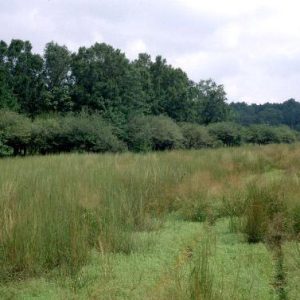 Coffee Prairie Natural Area
Coffee Prairie Natural Area
 Coleman Dairy "Annie Oakley" Bottle
Coleman Dairy "Annie Oakley" Bottle
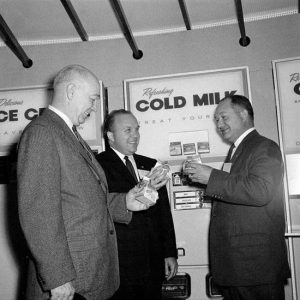 Coleman Dairy Personnel
Coleman Dairy Personnel
 Coleman Dairy Delivery Truck
Coleman Dairy Delivery Truck
 Eleithet Coleman
Eleithet Coleman
Coleman Dairy
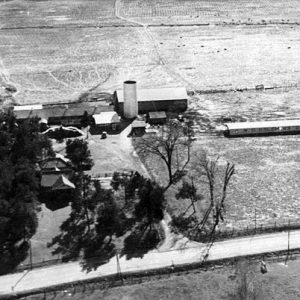 Coleman Dairy Aerial View
Coleman Dairy Aerial View
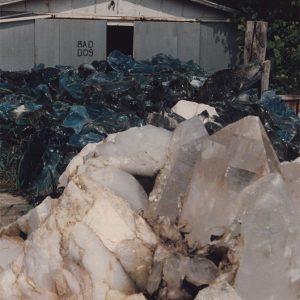 Coleman Quartz
Coleman Quartz
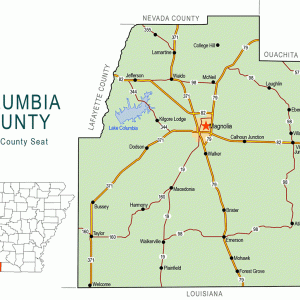 Columbia County Map
Columbia County Map
 Comet Coal Mine
Comet Coal Mine
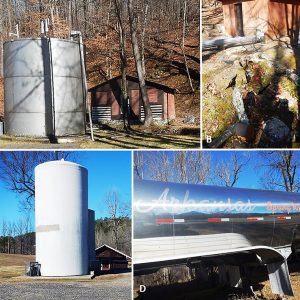 Commercial Springs
Commercial Springs
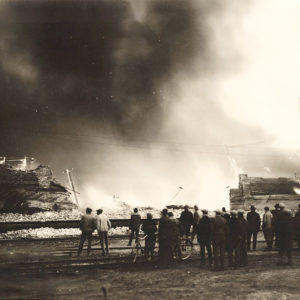 Compress Fire
Compress Fire
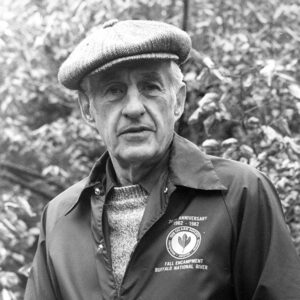 Neil Compton
Neil Compton
Compton, Neil Ernest
 Concatenated Order of Hoo-Hoo
Concatenated Order of Hoo-Hoo
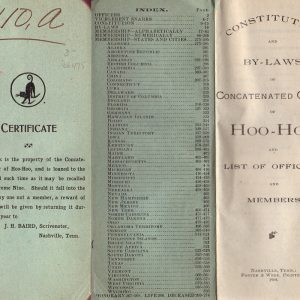 Concatenated Order of Hoo-Hoo Constitution
Concatenated Order of Hoo-Hoo Constitution
 Concatenated Order of Hoo-Hoo Membership Card
Concatenated Order of Hoo-Hoo Membership Card
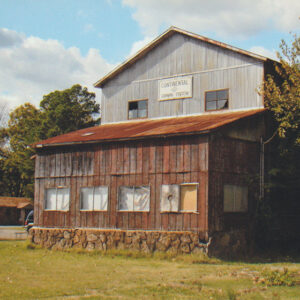 Continental Ginning System
Continental Ginning System
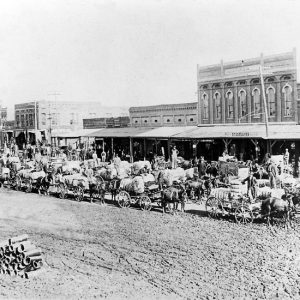 Conway Cotton Wagons
Conway Cotton Wagons
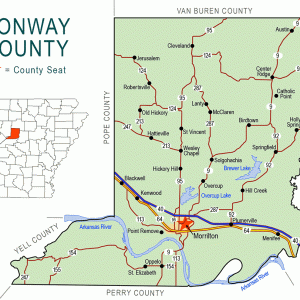 Conway County Map
Conway County Map
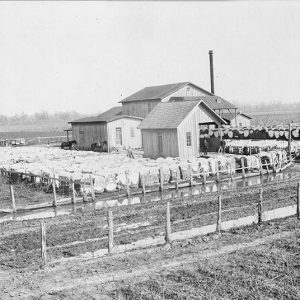 Cook Cotton Mill
Cook Cotton Mill
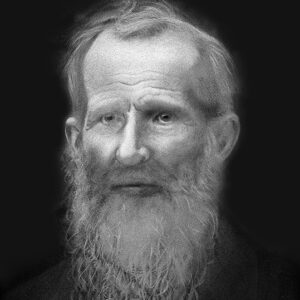 Barnett Manly Cook
Barnett Manly Cook
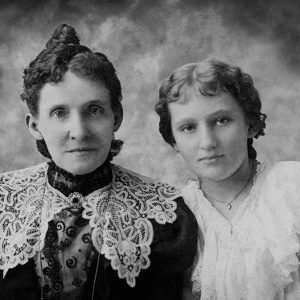 Mildred and Varina Cook
Mildred and Varina Cook
 Neva Pearl Cook
Neva Pearl Cook




